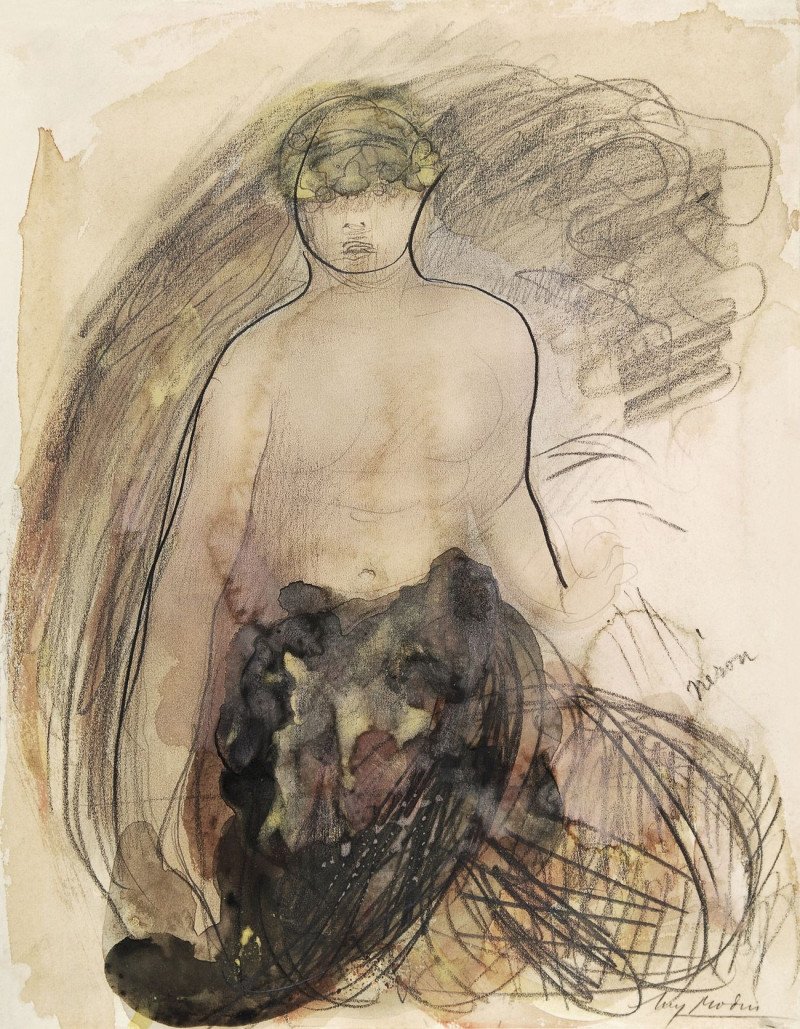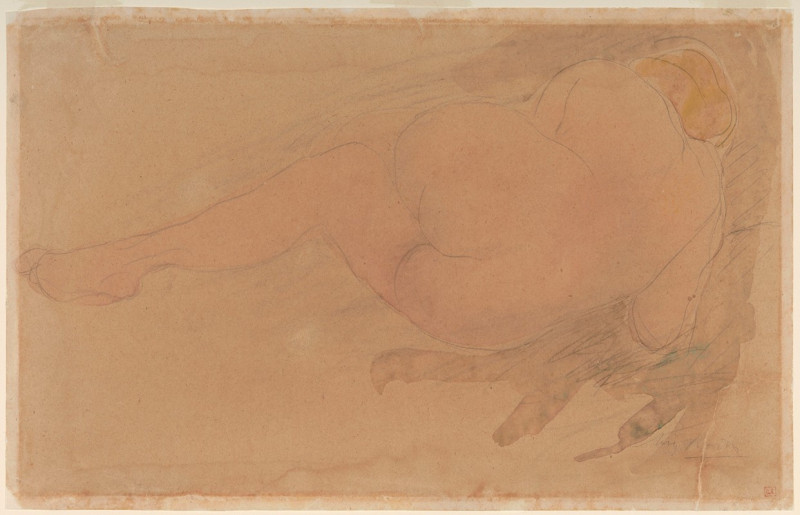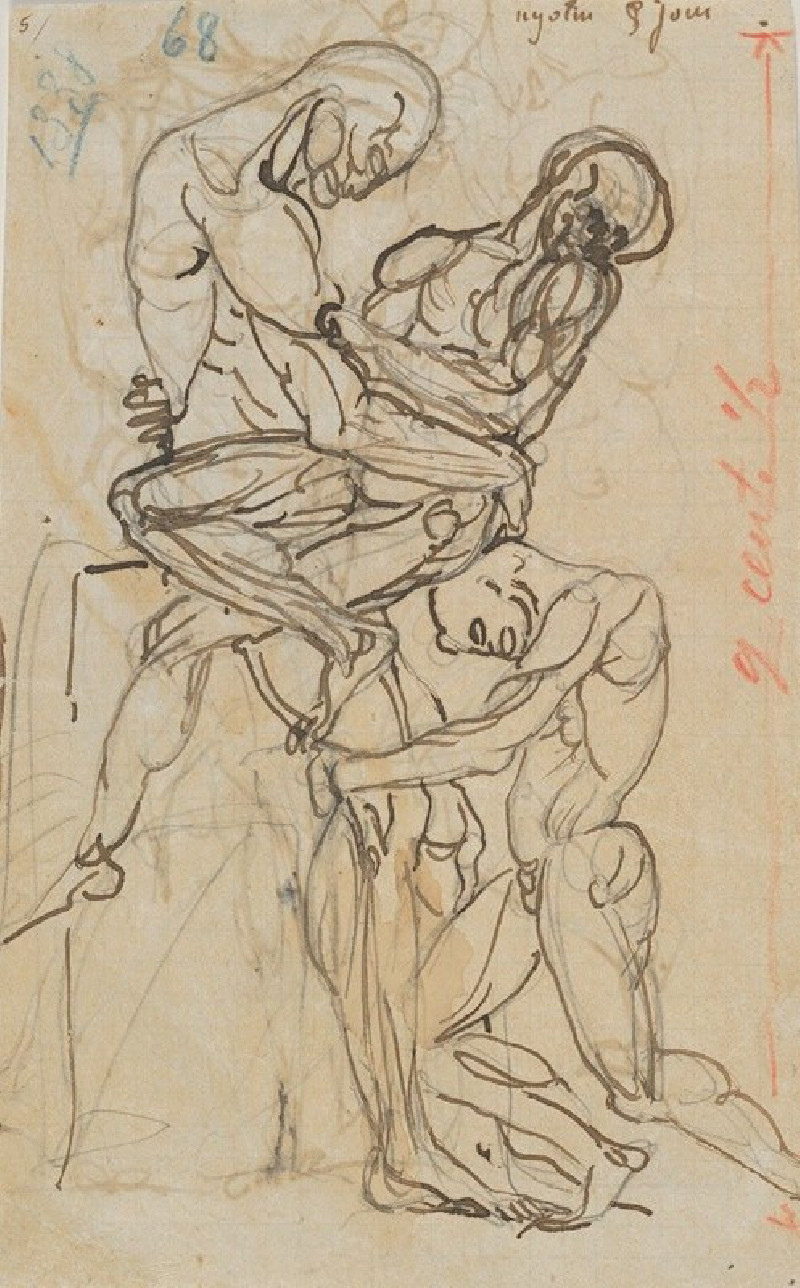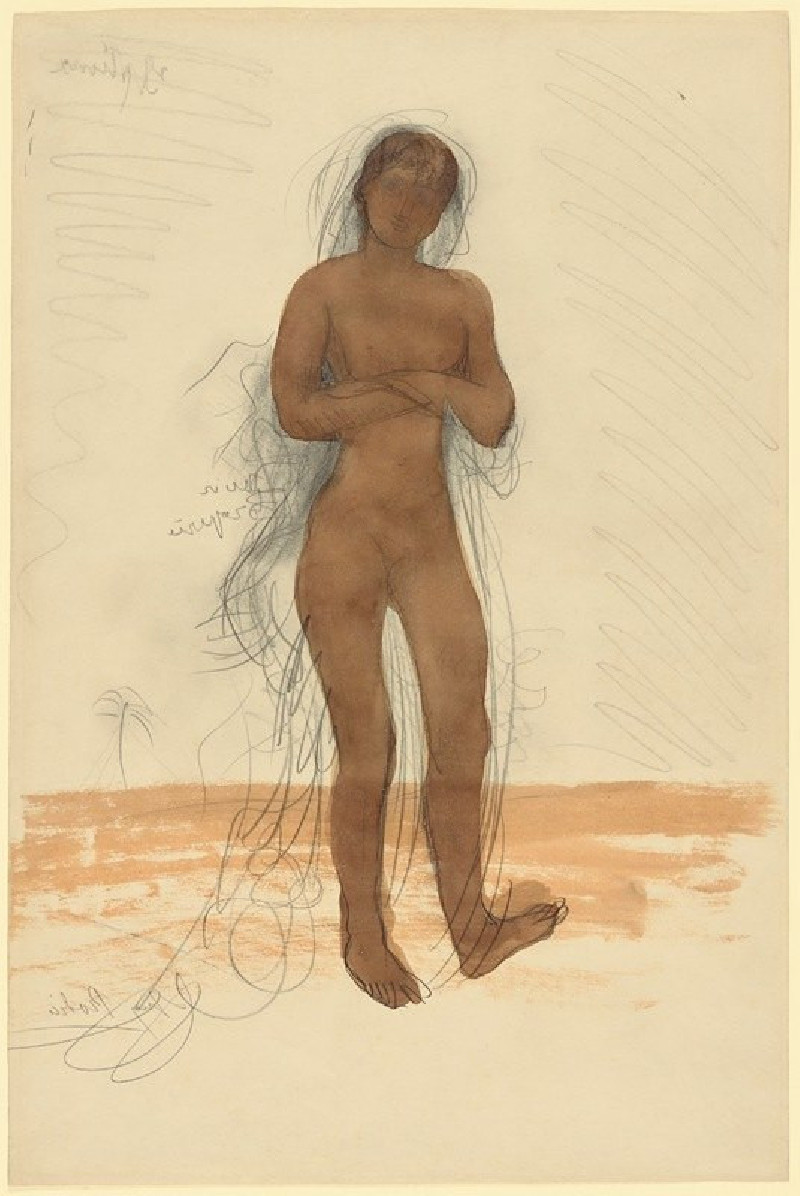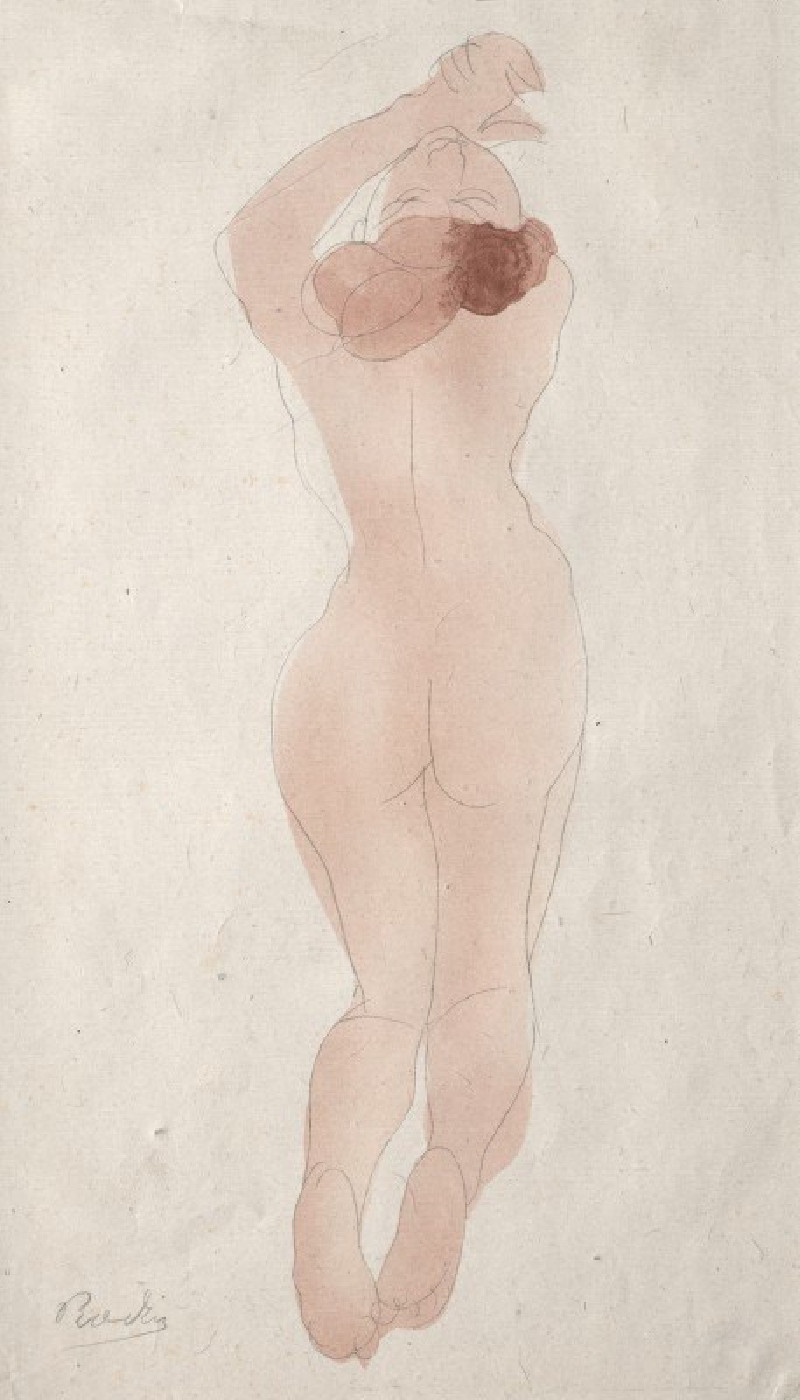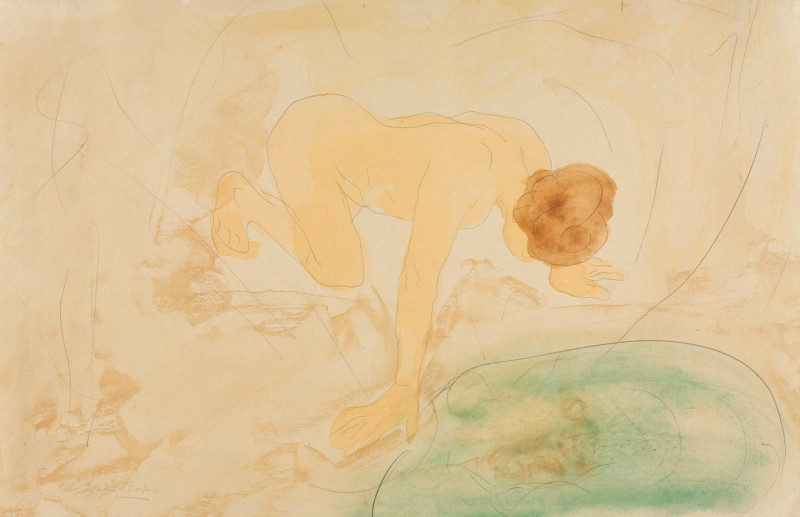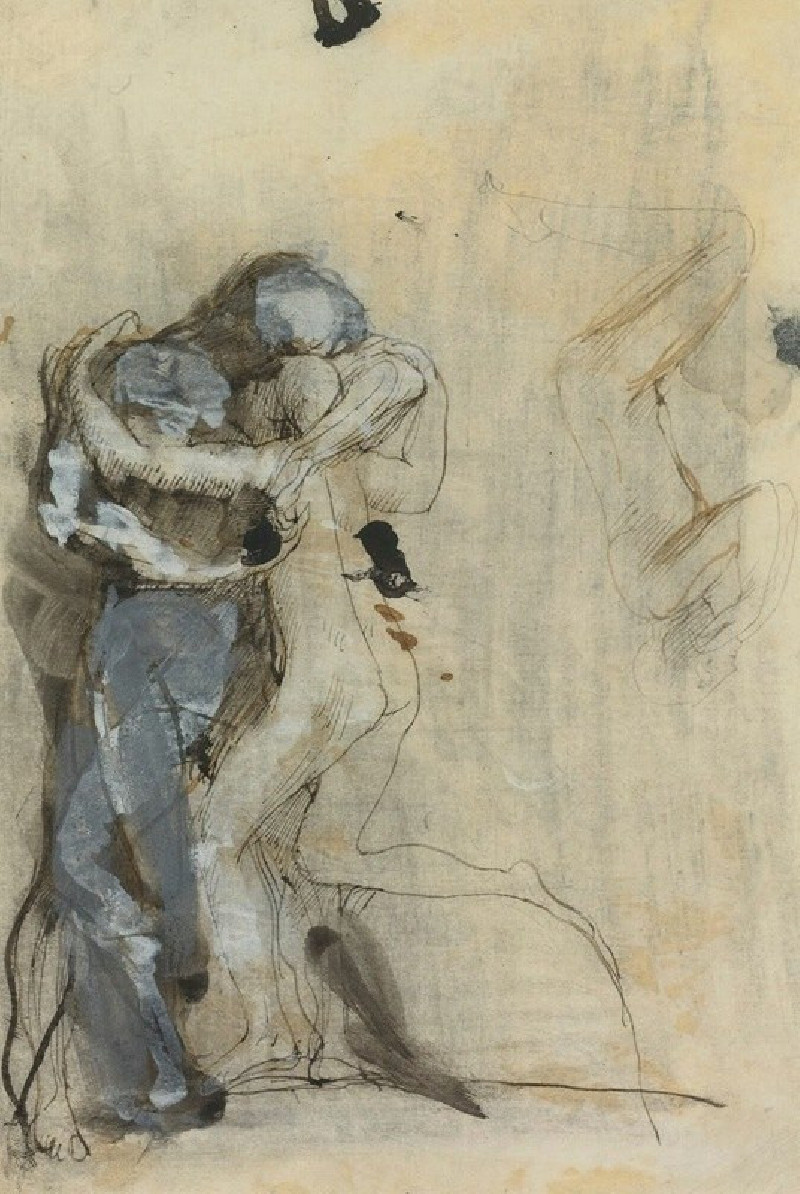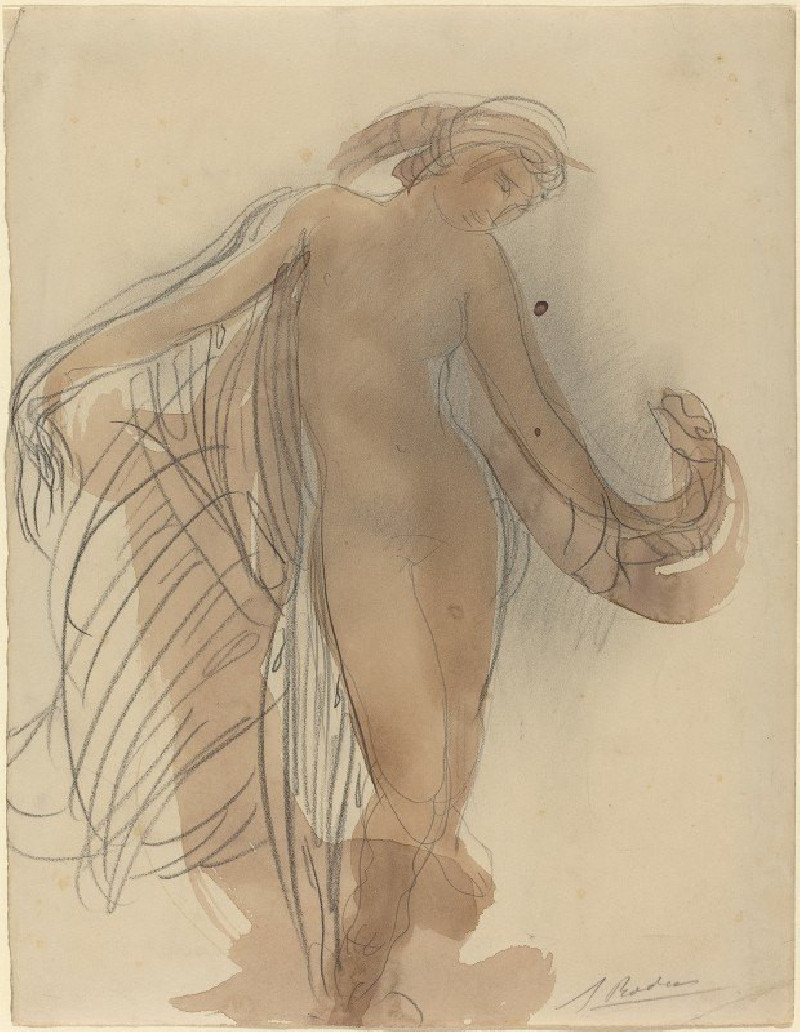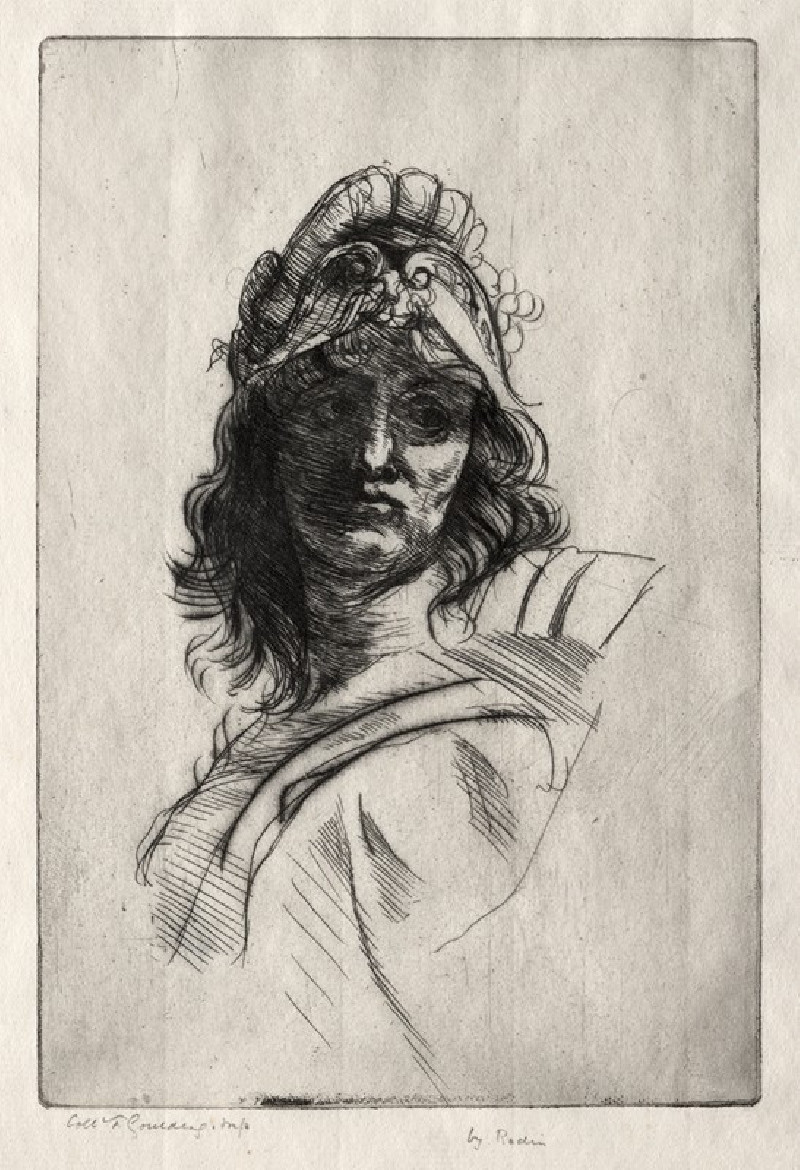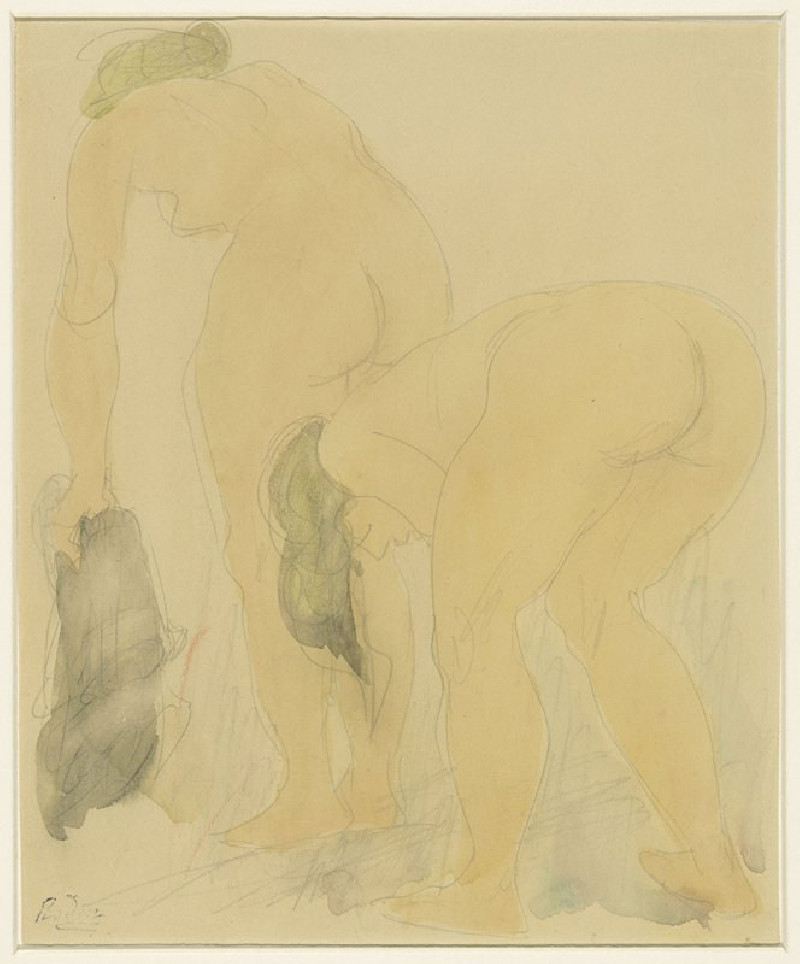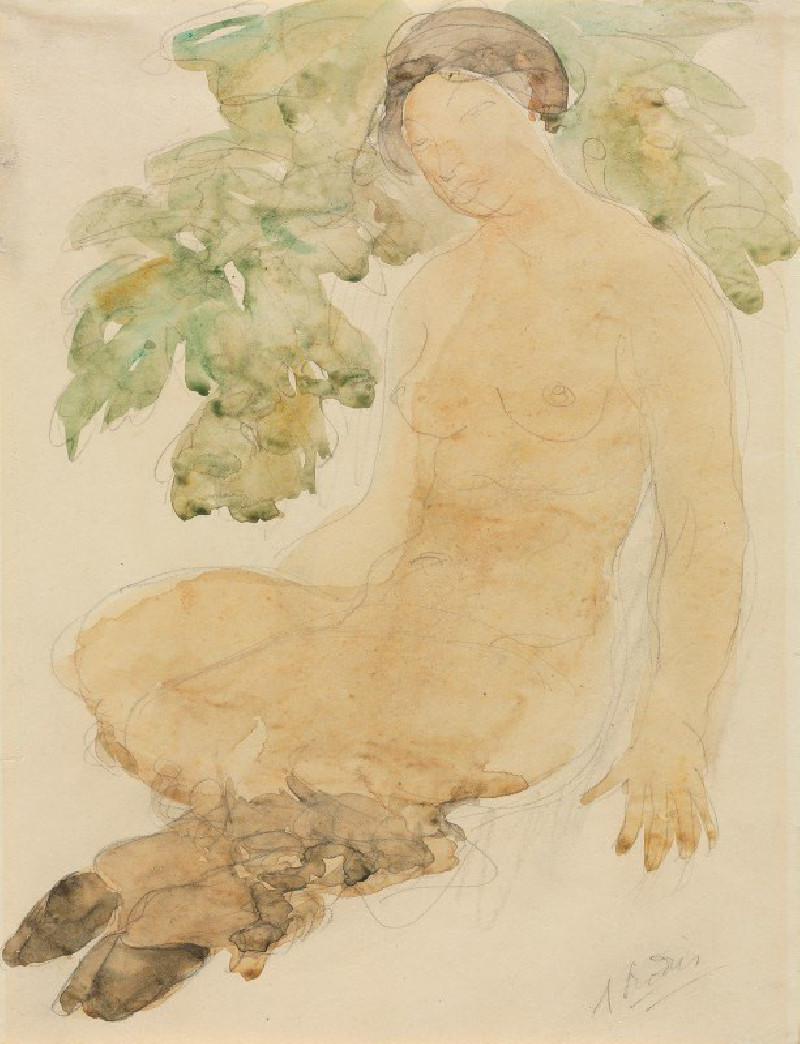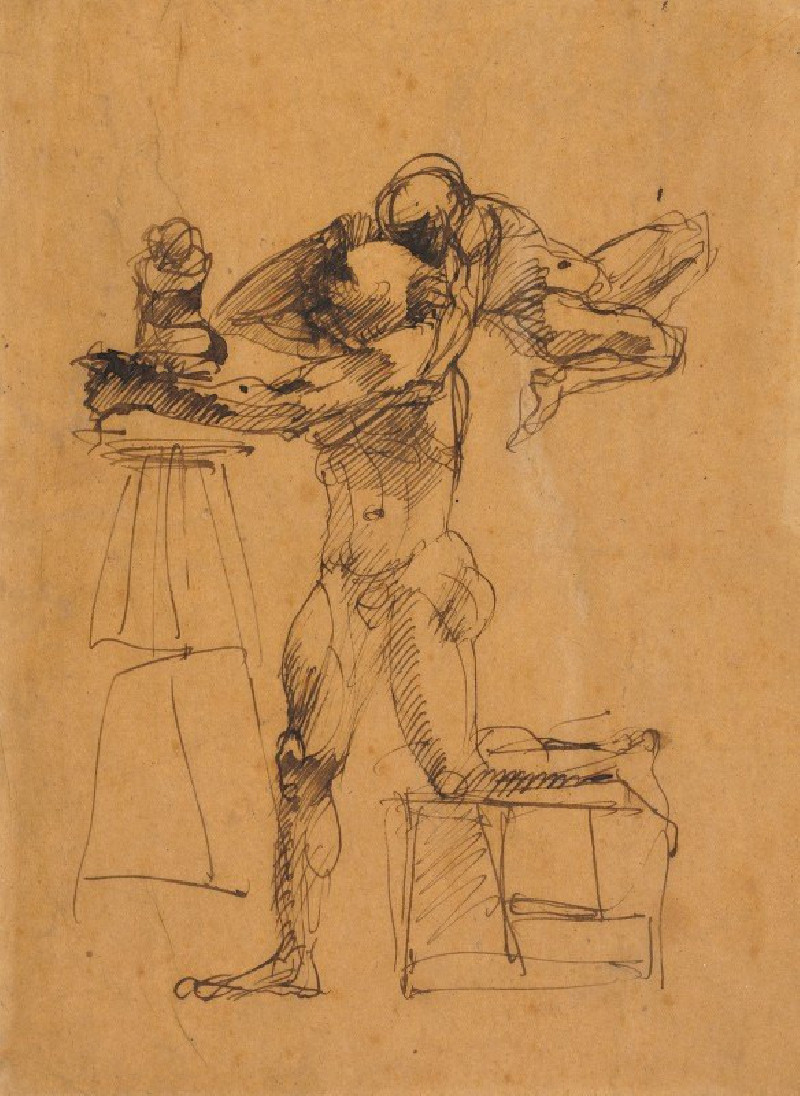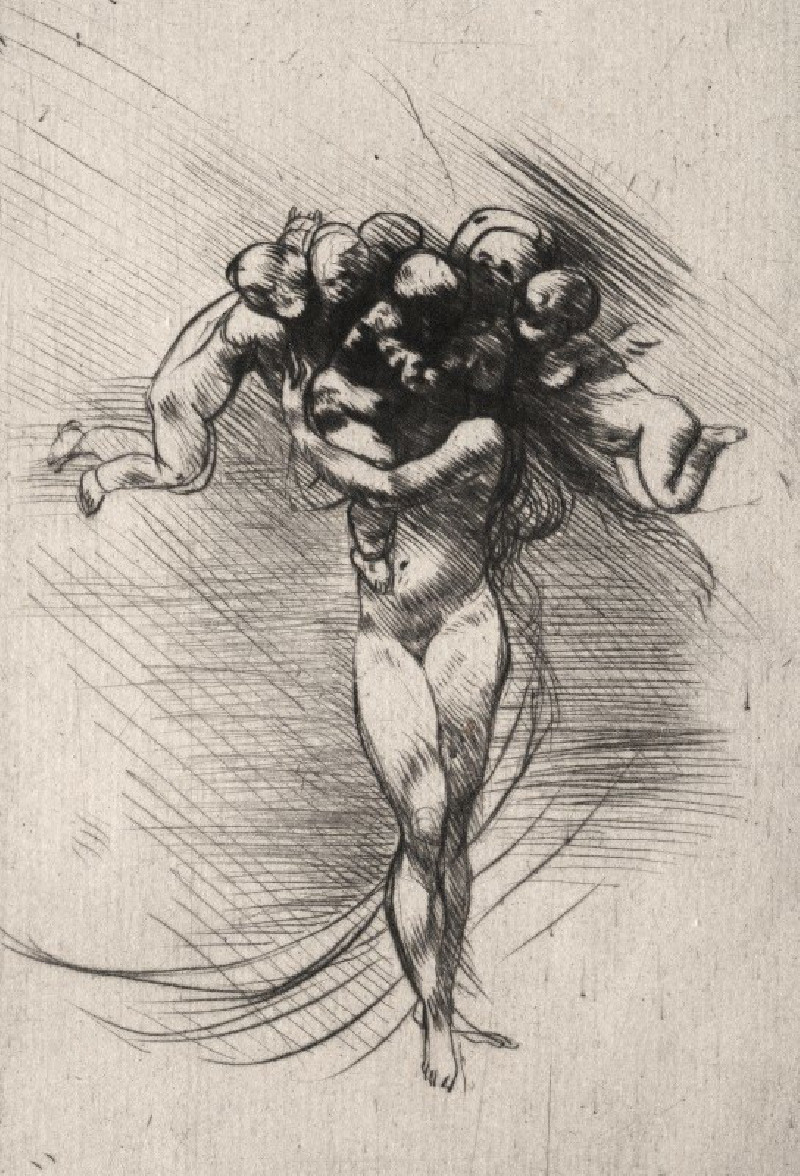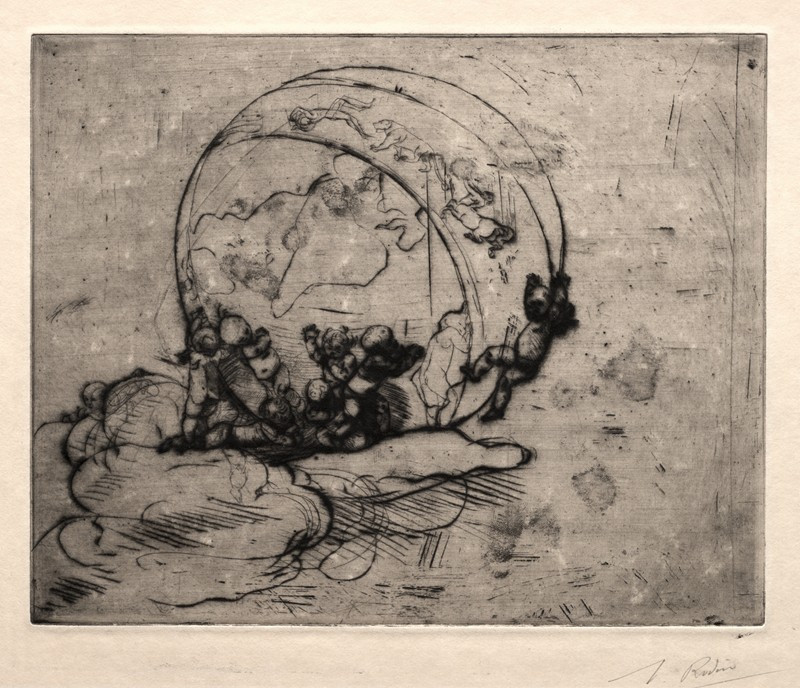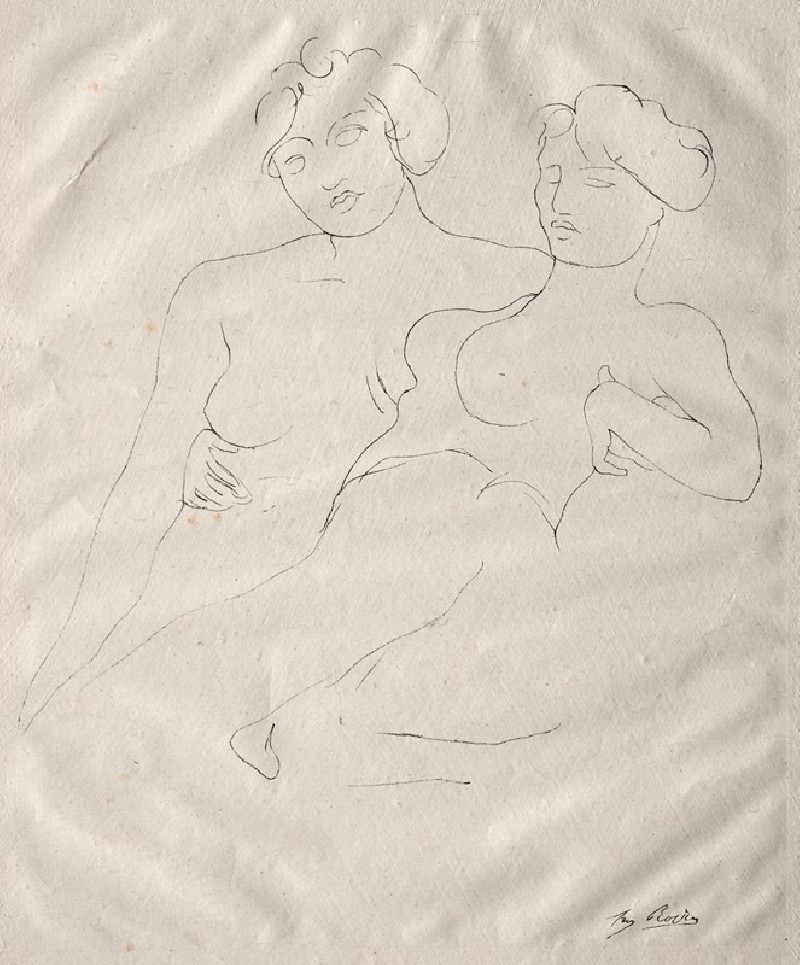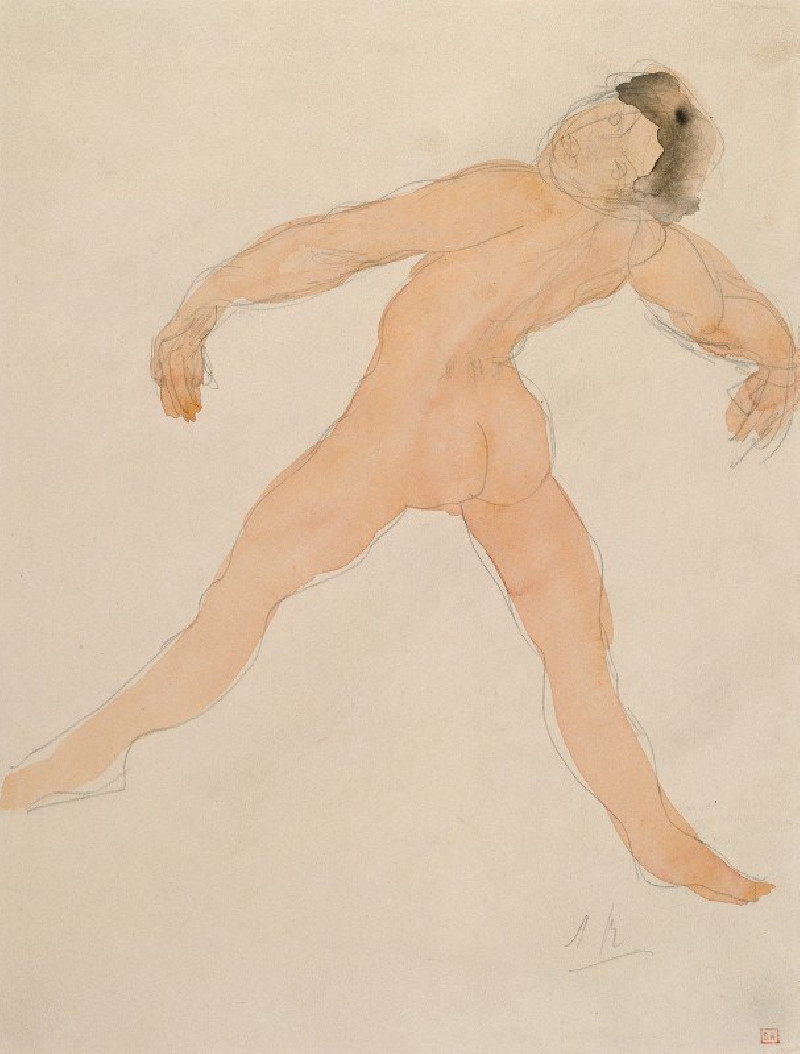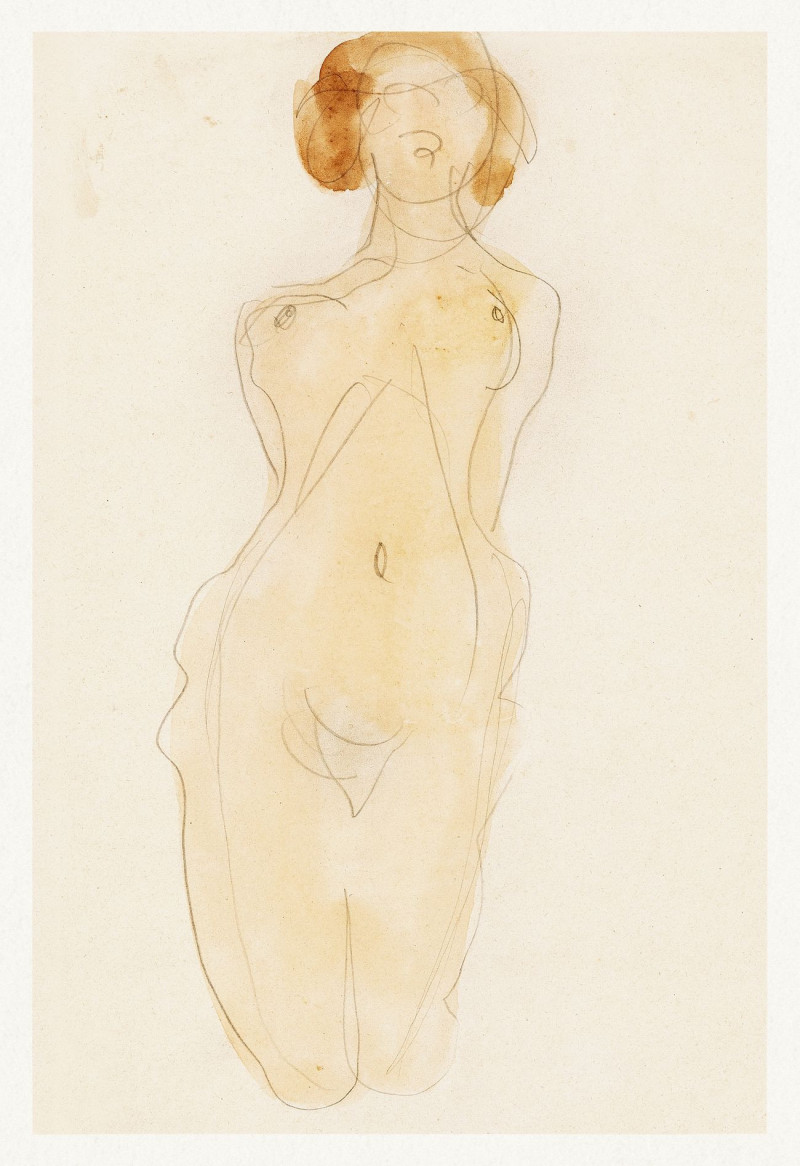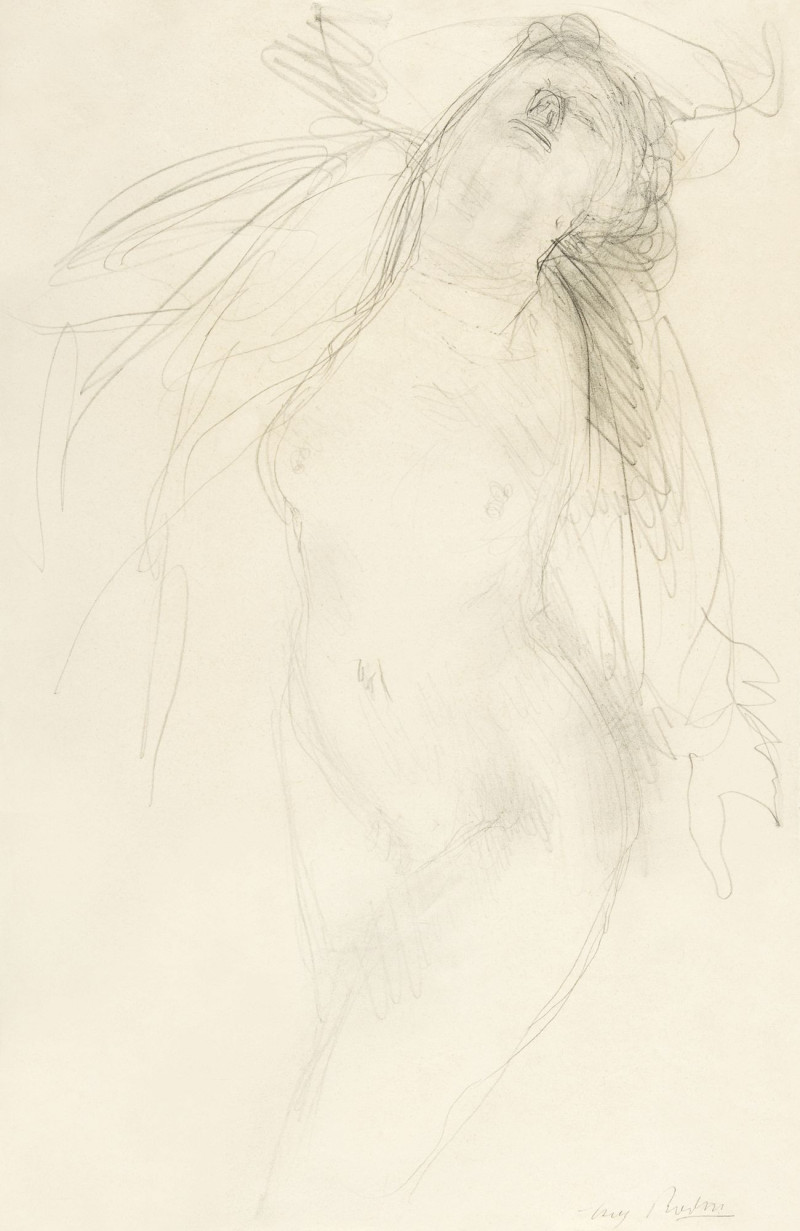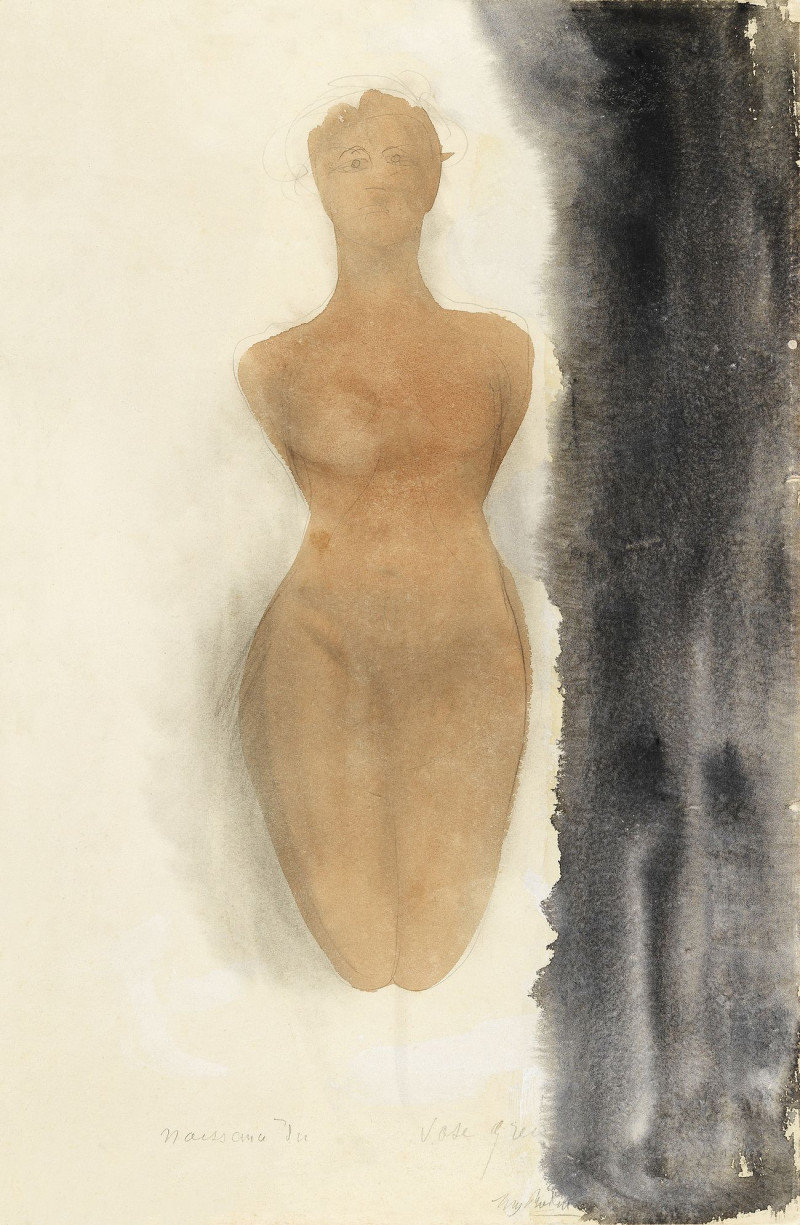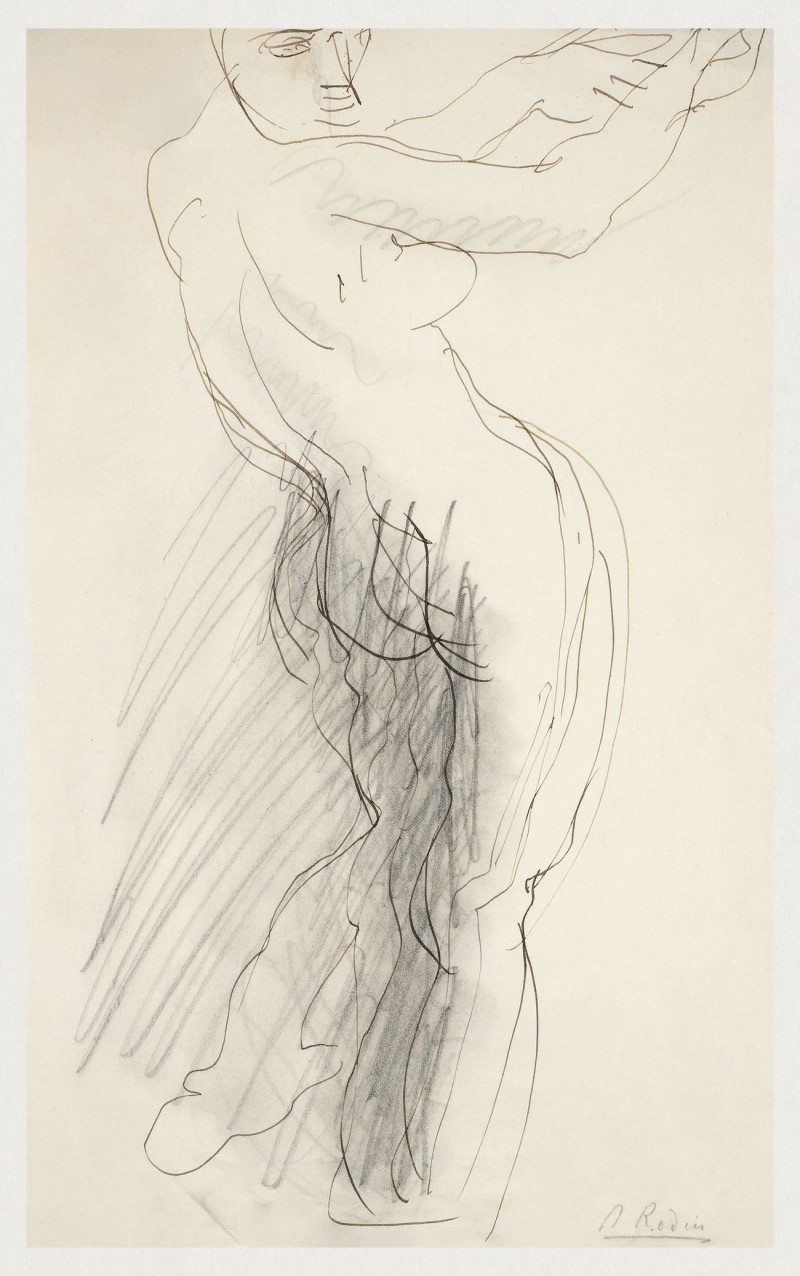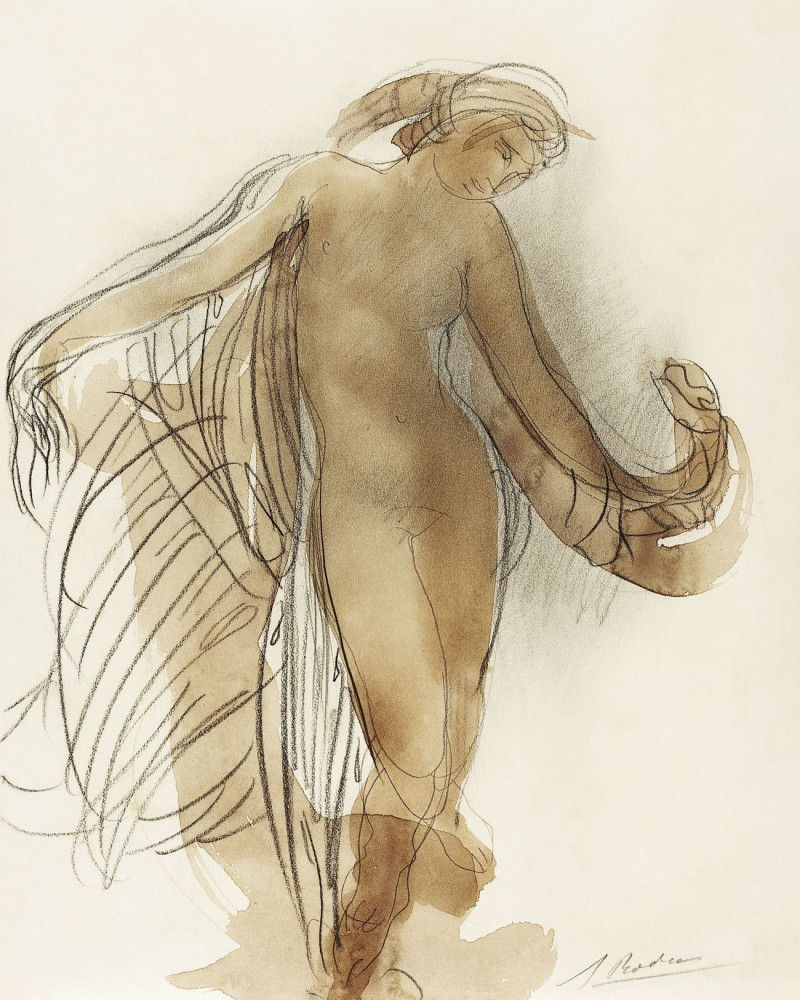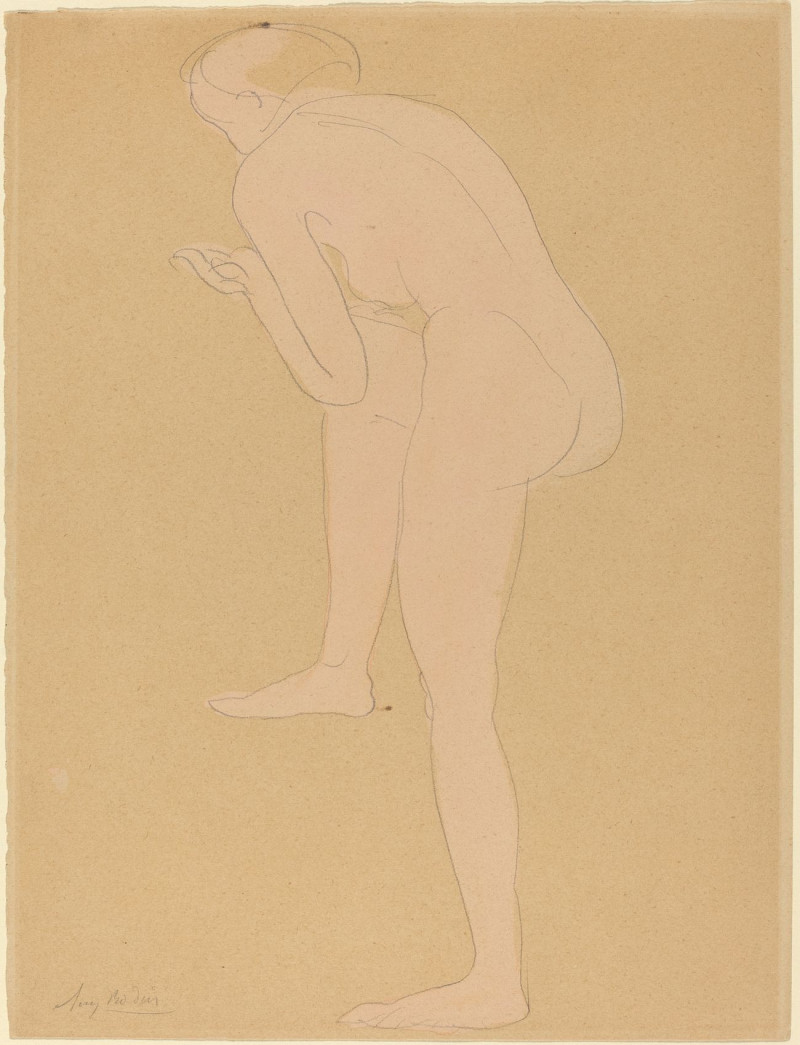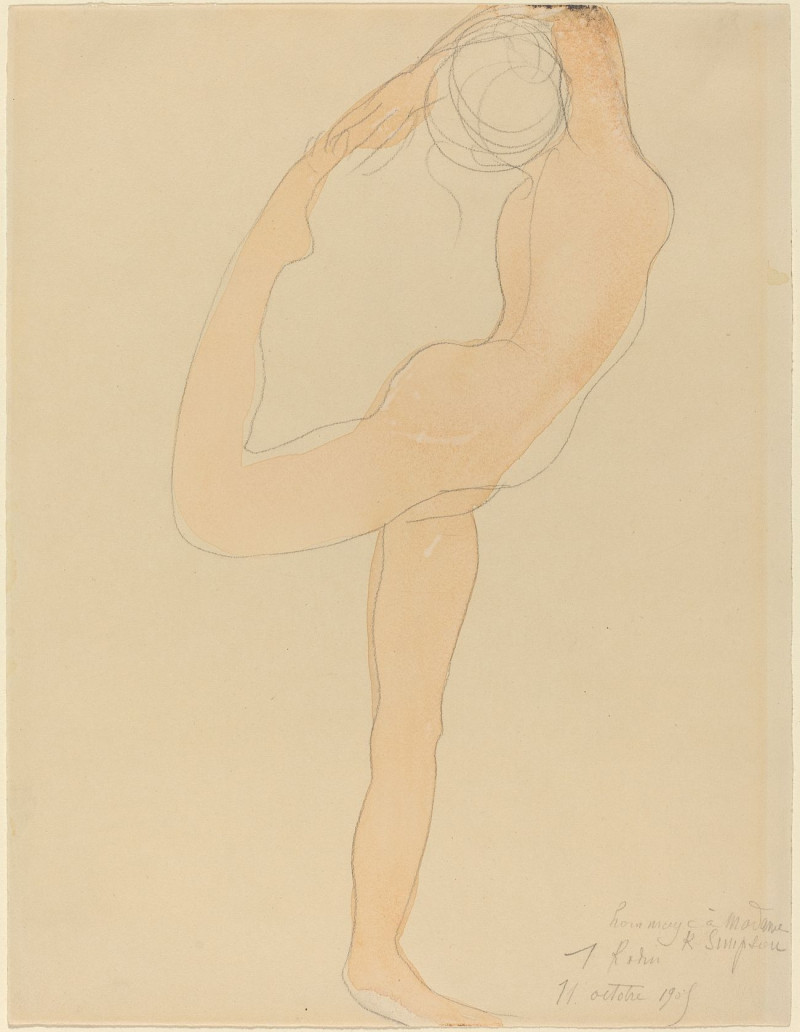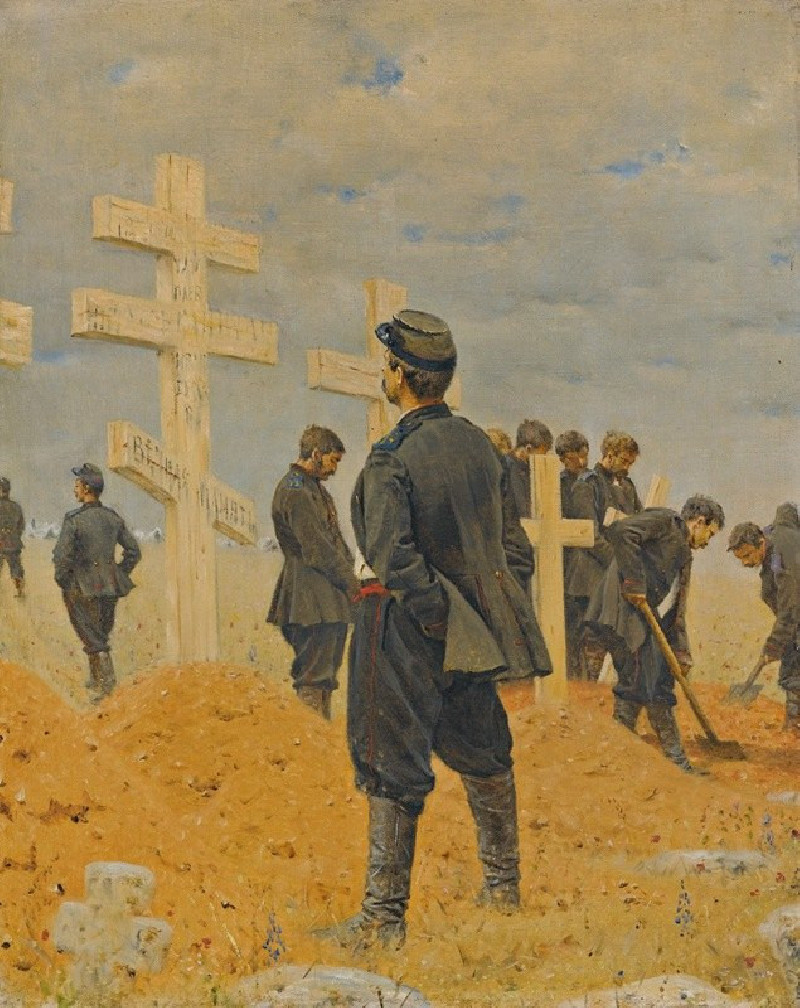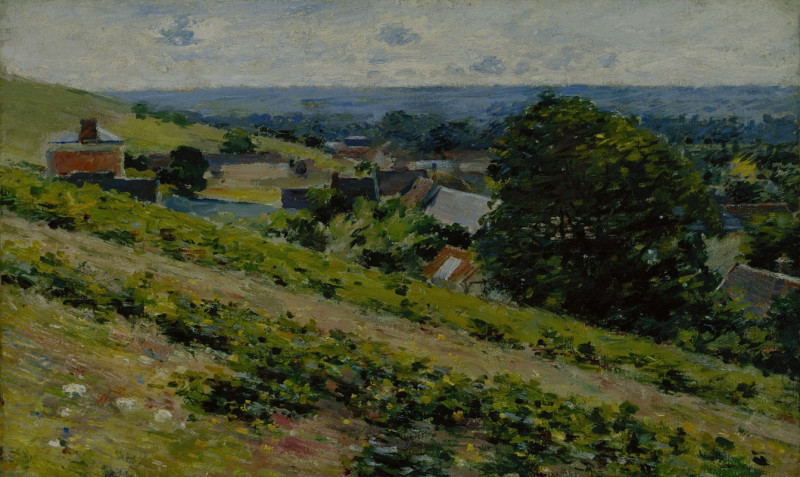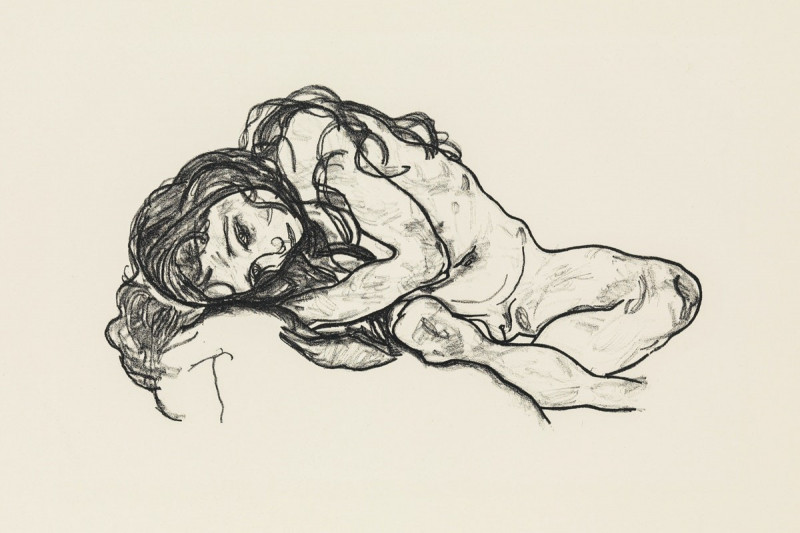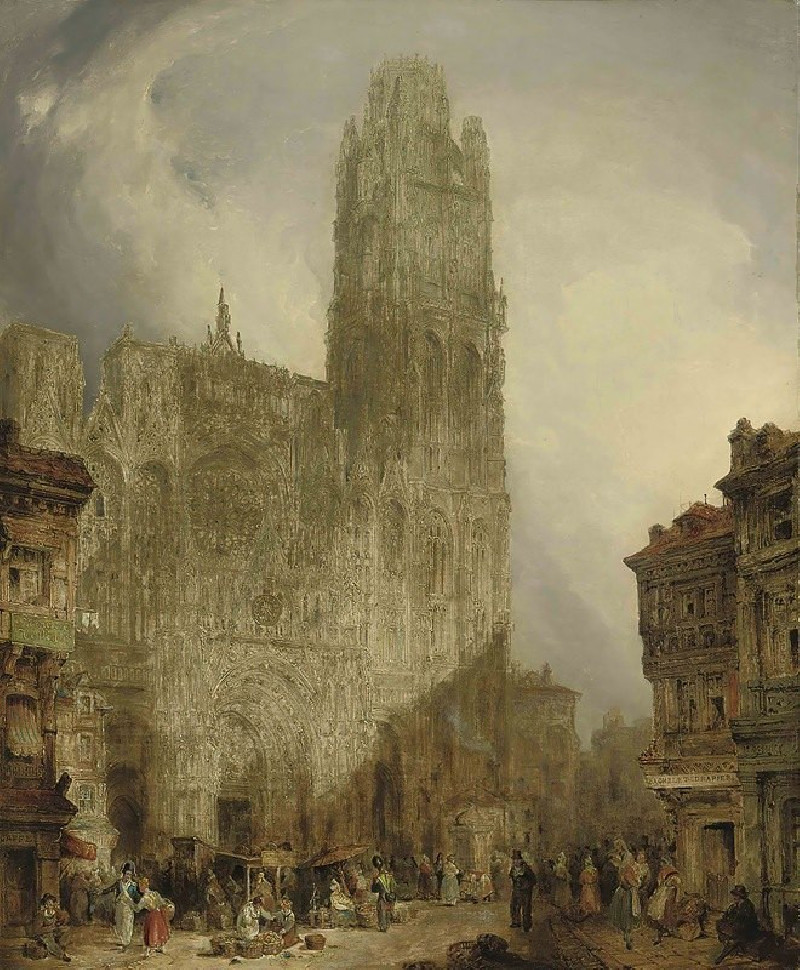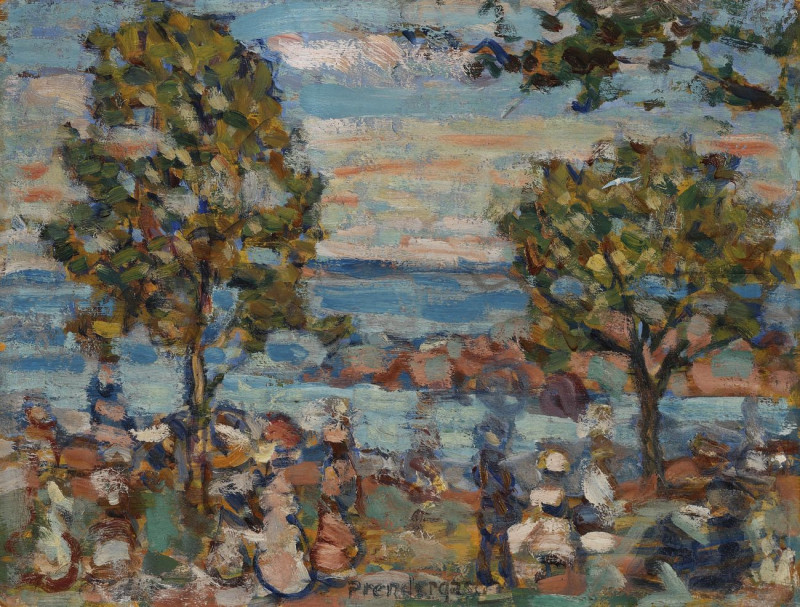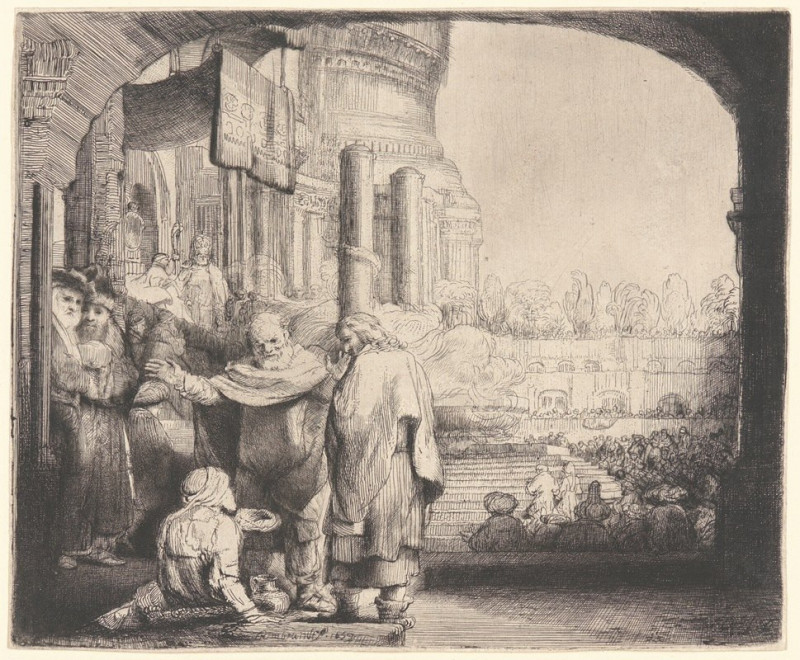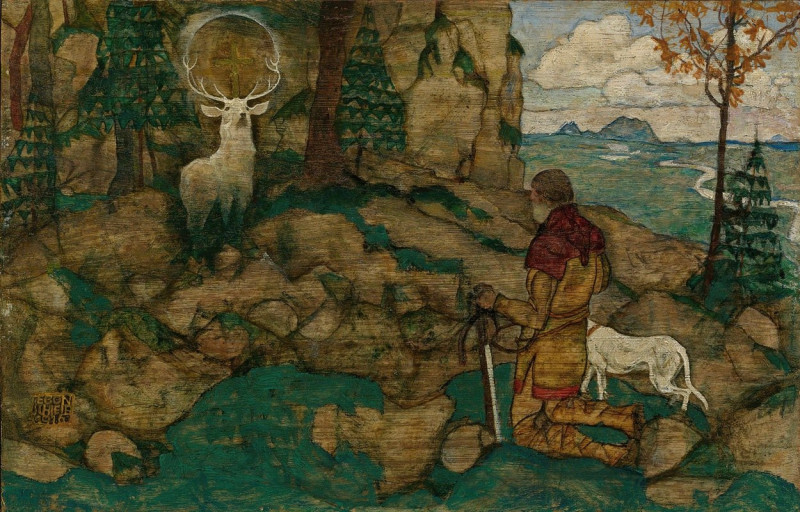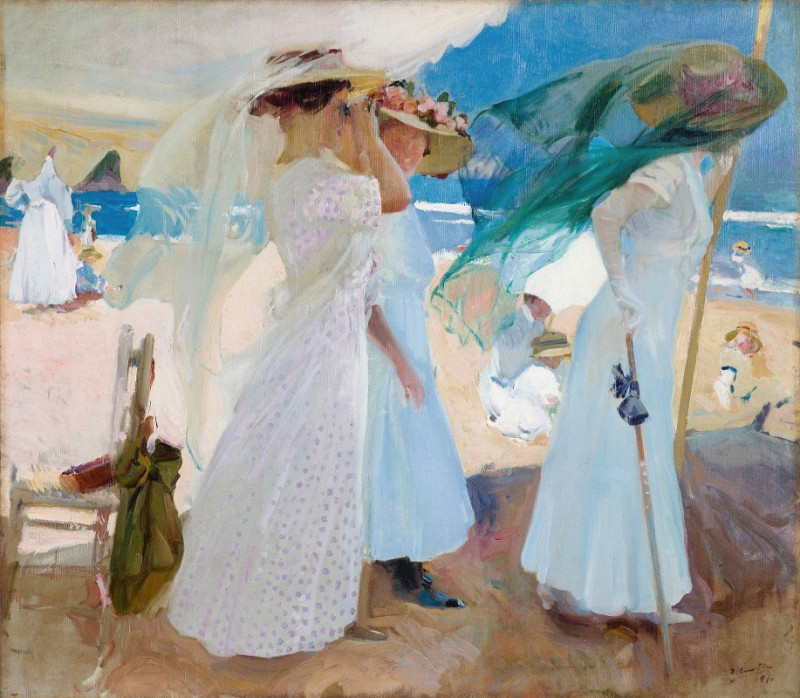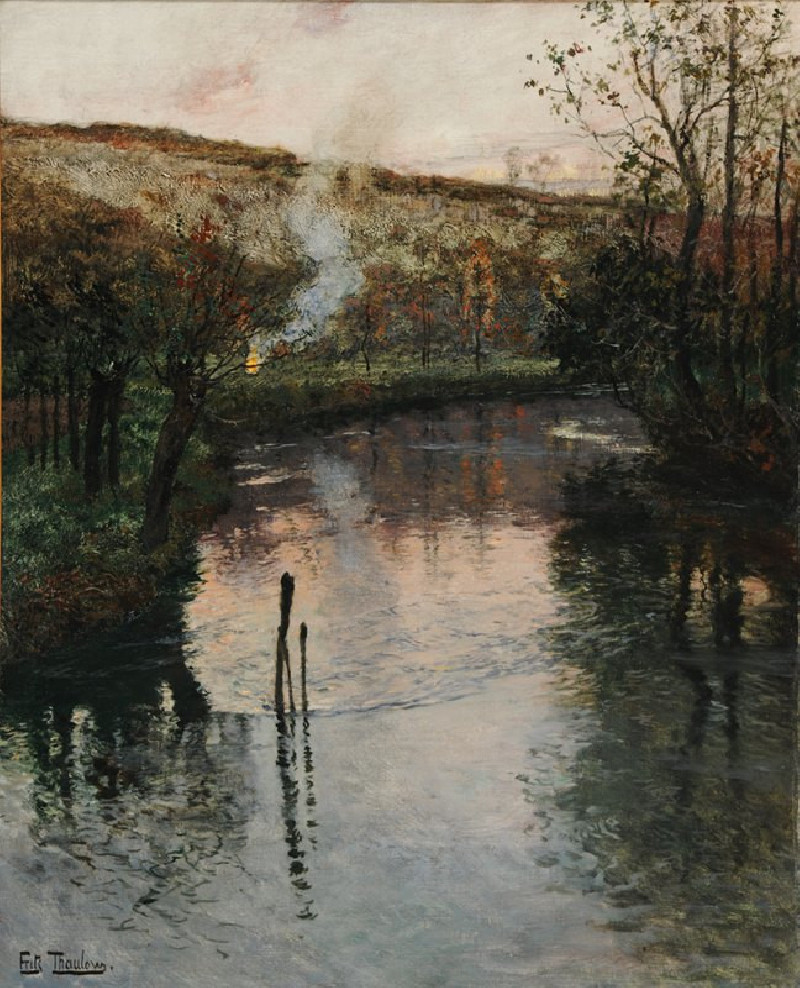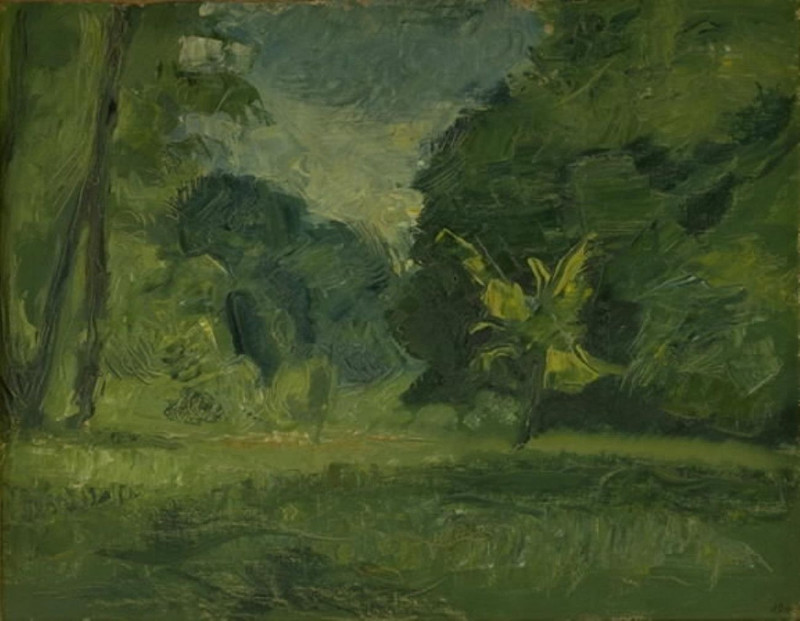Nero
Technique: Giclée quality print
Recommended by our customers
More about this artwork
In the painting titled "Nero" by Auguste Rodin, the artist presents a nuanced and abstract image that carries a deep introspective quality. At first glance, the upper half of the composition features a figure that appears serene yet imposing, marked by a straightforward gaze and a placid expression. This figure, which occupies the central portion of the piece, is rendered with soft lines and a gentle silhouette, suggesting a calm demeanor amidst the otherwise dynamic surroundings.The figure is crowned with what looks like a wreath, possibly invoking the iconography associated with imperial or divine figures, suggesting a subtle connection to the historical figure of Nero, an infamous Roman emperor known for his tyrannical rule. However, the overall abstract nature of the piece allows for multiple interpretations, where the wreath might also be seen as a symbol of victory or tragedy, depending on the viewer's perspective.The lower section of the painting becomes increasingly abstract and chaotic. Dark, visceral colors and forms dominate this area, possibly symbolizing turmoil or destruction. This contrast sharply with the clarity and calm of the figure above, creating a visual metaphor for the complex and perhaps tormented nature of Nero’s character and reign.The use of sketchy lines, watercolor washes, and a subdued palette contributes to the dreamlike, almost ethereal quality of the artwork, inviting viewers to reflect on the dualities of power and vulnerability, serenity and chaos.
Delivery
Returns
Rodin was born into a poor family. After earning a living through sculpting decorative stoneworks, he entered art school. He then applied a craftsman-like approach to his work and modeled the human body with the naturalism that latterly became his unique style. Considered as the founder of modern sculpture, Rodin's original works clashed with predominant figurative sculpture from traditional themes of mythology and allegory since he celebrated individual human physicality.

